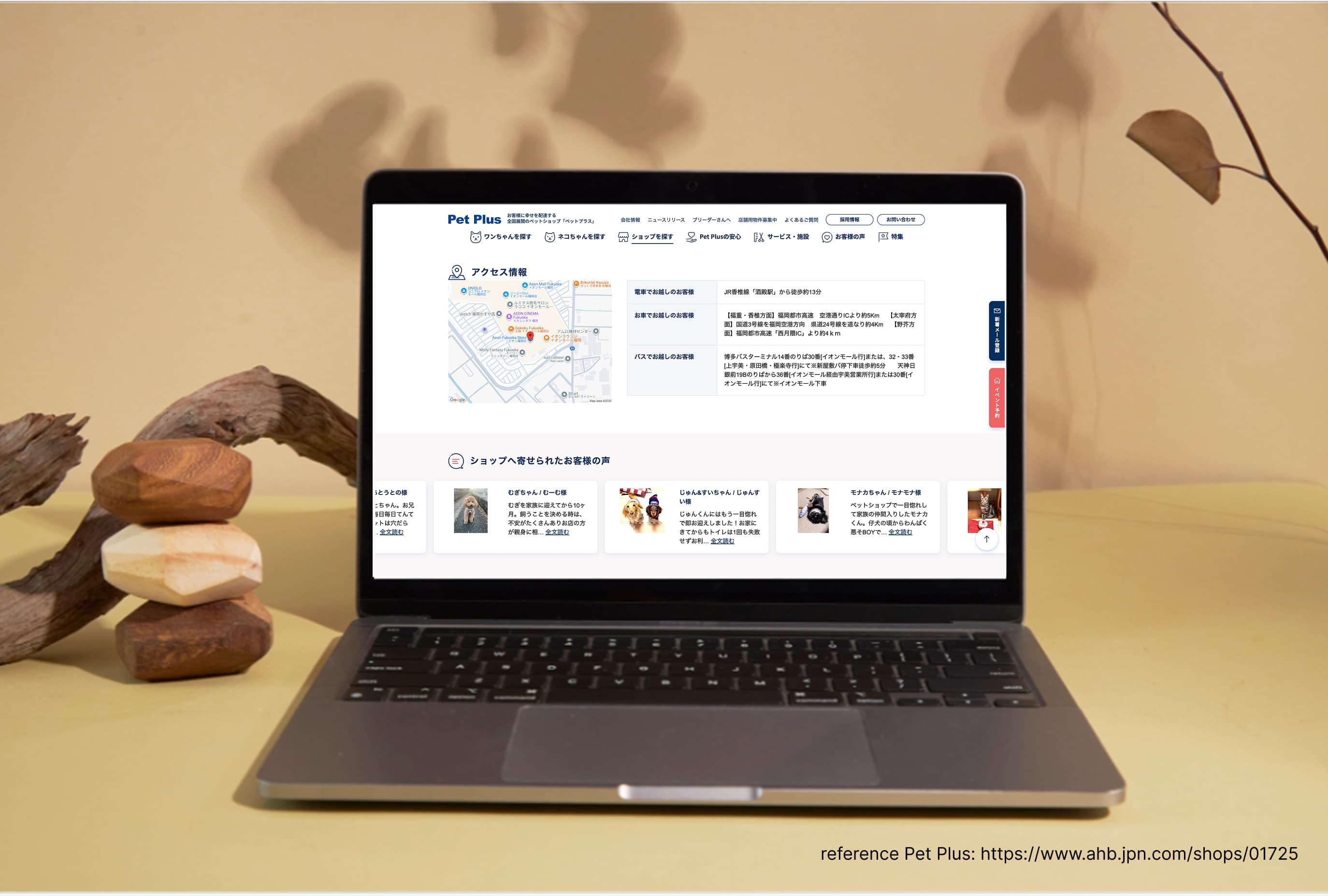Expanding into Japan is exciting — but even the most beautifully designed English website can fall short if it doesn’t feel trustworthy to Japanese users.
In Japan, trust isn’t built instantly; it’s earned through subtle cues, consistent reassurance, and a touch of cultural understanding.
Here are five ways to help your English website feel welcoming, credible, and safe for Japanese visitors.
🛑 Disclaimer:
While this article shares common website design practices that can help build trust with English-speaking and Japanese audiences, every project is different. Cultural preferences vary, and design decisions should be guided by the unique goals, audience, and context of each business. These insights are meant to serve as practical guidance and inspiration—not strict rules.

1. Show Cultural Awareness Through Design and Language
Japanese users appreciate when a brand takes the time to understand their culture. This doesn’t mean filling your site with cherry blossoms and Mount Fuji, but rather:
• Using polite and formal Japanese if you provide translations
• Avoid using overly casual slang or humor that may not translate well
• Paying attention to details such as spacing for Japanese text (kanji, hiragana, katakana)
💡 Tip:
Even if your website is primarily in English, adding small Japanese explanations for key terms or service names can go a long way.
2. Use Testimonials — Especially from Japanese Customers
Word-of-mouth is powerful in Japan, and testimonials act as a trusted form of it.
• Include customer reviews or testimonials in Japanese, ideally with the reviewer’s name (even a first name) and city
• Show logos of Japanese companies you’ve worked with
• If possible, add case studies highlighting Japanese clients’ experiences
💡 Tip:
A short video testimonial with Japanese subtitles can make your brand feel approachable and authentic.
3. Highlight Security and Transparency
Japanese users value safety and clarity when interacting online. You can build confidence by:
• Displaying secure payment icons and SSL certificates clearly
• Offering clear return/refund policies
• Making company contact information, including address and phone number & it easy to find
💡 Tip:
Japanese consumers often check the "About Us" page first. Include a friendly but professional introduction to your company and team.
4. Emphasize Politeness and Respect in User Experience
In Japan, politeness is more than good manners — it’s a business standard.
• Use clear, gentle wording for all calls-to-action
• Avoid aggressive sales pop-ups or countdown timers
• When asking for sign-ups, explain why and how you’ll use their information
💡 Tip:
A simple “Thank you for visiting our site” in Japanese can leave a positive impression.
5. Keep Navigation Clear and Intuitive
Japanese users appreciate websites where information is well-organized and easy to follow. A confusing structure can make your site feel untrustworthy.
• Use concise, natural Japanese wording in menus
• Avoid hiding important information under too many layers
• Guide users with clear section titles and a logical hierarchy
💡 Tip:
For the Japanese version of your site, structure navigation so that it feels orderly and straightforward — clarity builds trust.
Brining it All Together
Trust isn’t built in a single click — it’s the sum of every interaction a user has with your website. By blending cultural sensitivity, authentic testimonials, visible security measures, polite communication, and clear navigation, you create a digital space where Japanese users feel comfortable engaging with your brand.
When trust grows, so does your connection — turning casual visitors into loyal customers.